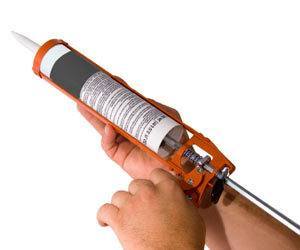
Kim asked: I have mold and/or mildew on the caulking in my shower. It’s not a big amount, but little circles in different places on the caulking where the shower doors connect. I have tried so many things. Bleach, vinegar, store cleaners, peroxide, etc. I’ve noticed that I can scratch it off some with my fingernails, but it also tears up the caulking when I do that. Any ideas?
When mold and mildew begin to grow on caulking, it’s a problem that is difficult to reverse. In most cases, it requires removal and replacement of the caulking. If the mold case is mild, you may be able to kill it off with a few simple steps. Here’s what to do.
You Will Need:
- Bleach
- Spray bottle
- Soft cloths
- Scrub brush
- Soap
- Water
- Bucket
Steps to Remove the Mold:
- Fill a bucket with warm water.
- Add a small amount of soap and mix until suds begin to form.
- Wash all of the caulking with the soapy water and a soft cloth.
- Fill a spray bottle with undiluted bleach.
- Spray the caulking generously with the bleach. Be sure to remove any colored items, such as bath rugs, that could become discolored – don’t forget to wear clothes you don’t care about.
- Allow the bleach to sit on the caulking for 10-15 minutes. During this time, the bleach will kill the mold spores and begin to whiten the discoloration.
- Use a scrub brush to brush along the surface of the caulking, moving from side to side. Apply light pressure or it may damage the caulking.
- Rinse completely with water and/or scrub the surface again with the soapy water used earlier to remove any bleach residue.
- Dry the caulking with a soft towel.
- Repeat if necessary.
Additional Tips and Advice
- Wear old clothing and protective gloves when working with bleach. It’s a harsh chemical that will quickly discolor fabrics and irritate exposed skin.
- To keep mold away, spray the surface with white vinegar each time they are exposed to moisture. This can be done on a daily or weekly basis. The acid in the vinegar will also ward off any new mold spores.
- If the removal method above does not remove the stains and mold, it may be growing from underneath the caulking. In these cases, the caulking will need to be removed and replaced. For instructions on doing this, see our guide How to Remove Caulking.
- If the mold is coming up from behind the caulking it is a sign that there is excess moisture present. While it is a temporary fix to replace the caulking, it is best to find the source of the mold and repair that.

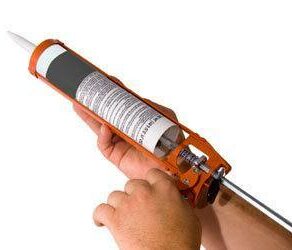
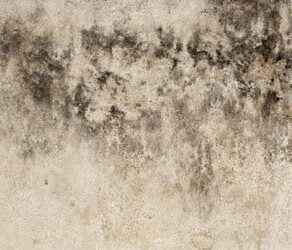
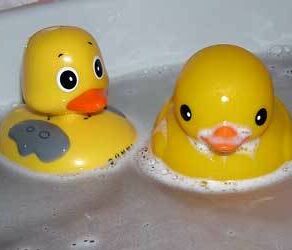
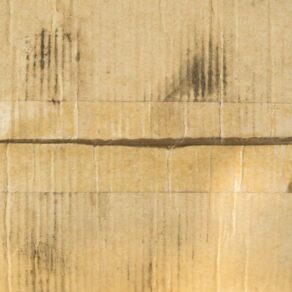
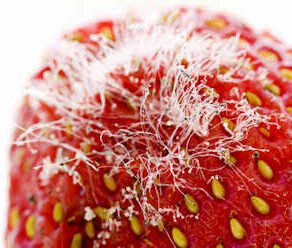
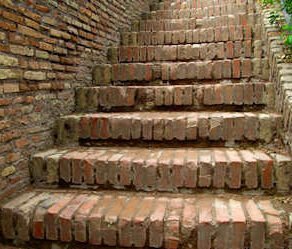


Generally, spritzing on a little bleach and washing it off a few minutes later is a very temporary fix, because the bleach does not have time to penetrate the caulk. So mildew deep inside the caulk regenerates pretty quickly. I read in another forum of a fellow who was mixing bleach with baking soda or talcum powder to make a bleach paste that he spread on the caulk and then covered with clingy plastic food wrap for 12 hours to kill the mold at the root. However, I’ve had good success with a modification of that: I use dishwasher gel that has bleach (sodium hypochlorite) in it. I put that in a squeeze bottle like a ketchup squirter, and I squeeze a bead of that along the offending caulk line. Then, I cover the length of that caulk line with a 3″ wide strip of food wrap (using a razor blade to cut a 3″ section off the end of the food wrap core.) Leave that plastic wrap on for at least 6 hours. When you peel it off, thoroughly rinse the caulk line and scrub it with a brush. If the dishwasher gel dries, it will leave a white powdery residue that can be rinsed/brushed again later. Usually it takes several rinses and scrubbings to get it all off, simply because it’s hard to see when it’s wet. It’s a lot of work, but you may not have to do it so often.
Use gloves and wear clothes that you don’t mind if they get bleached spots on them. Make sure the dishwasher gel either lists bleach or hypochlorite in the ingredients. Or has a warning that it will bleach your clothing. As it happens, I used Costco Kirkland brand dishwasher gel. I don’t know if other dishwasher gel soap brands will work as well, but anything that’s a heavy gel containing bleach should work.
A final warning, I’ve seen bleach of any kind cause cement grout to crumble. The process I’m describing here is for rubbery silicone-type grout.
I will add, all spores are not killed by bleach. It looks like it as it “bleaches” the colonies white.
At the end of the day, removal is required.